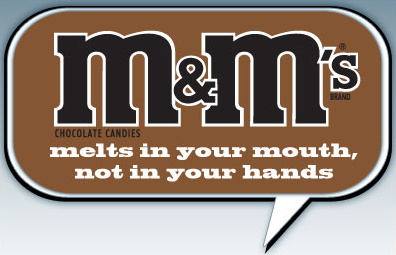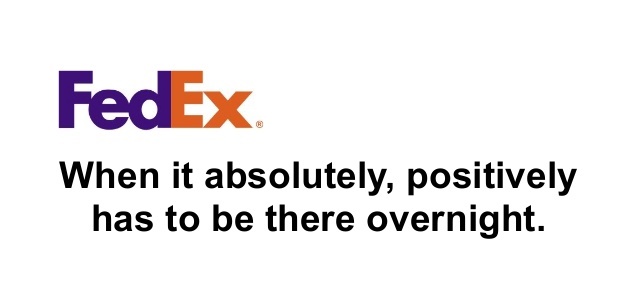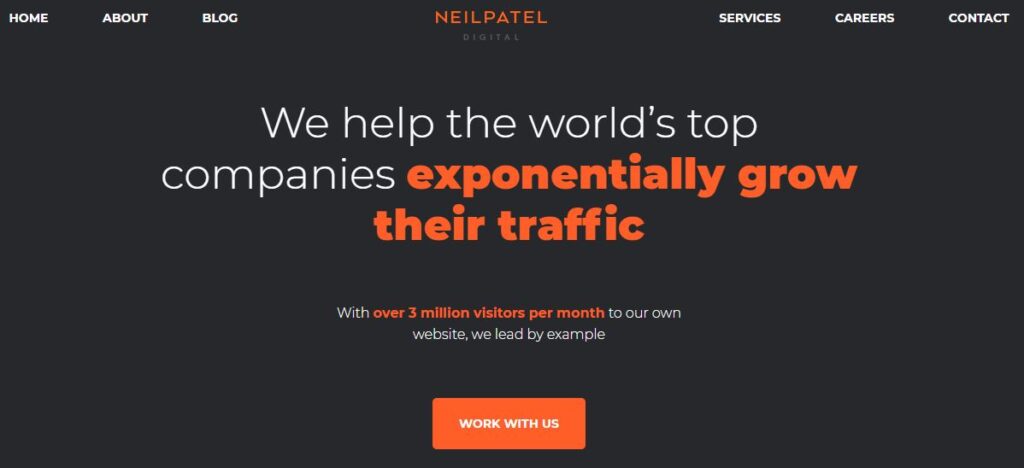Ever felt like a hamster on a wheel in the content creation game?
Every day, we work hard to create new and interesting blog posts that engage our audience and meet the demands of search engine algorithms. It’s an endless cycle – brainstorming ideas, researching, writing posts, and editing. Exhausting, isn’t it?
What if there was a way to write blog posts with AI, cutting down on effort while maintaining quality? This is no fantasy – AI writing tools are here, transforming how we create online content.
This article explores the game-changing capabilities of AI writing tools for your blogging workflow. You’ll gain valuable insights into ethical considerations when employing AI for specific subjects and learn expert tips on crafting top-notch blogs with artificial intelligence.
Discover how integrating AI into your writing strategy can amplify your productivity without compromising quality or originality.
Table Of Contents:
- The Benefits of Using AI Writing Tools for Blog Content Creation
- Ethical Considerations in Using AI Writing Tools for Blog Posts
- Generating Ideas and Outlines with AI Writing Tools
- Writing High-Quality Blog Posts with AI: Tips and Best Practices
- How AI Writing Tools Can Enhance Content Marketing Strategies
- The Impact of AI-Generated Content on Search Engine Rankings
- Conclusion
The Benefits of Using AI Writing Tools for Blog Content Creation
Imagine a tool that can generate high-quality content, reduce writing time, and increase your blog’s publishing frequency. There’s no need to imagine it – artificial intelligence (AI) has made this possible in content creation. But what exactly are these benefits? Let’s explore.
Understanding the Power of AI in Content Creation
Dive into an ocean where words flow effortlessly like waves. This is what it feels like using an AI-powered writing tool. Thanks to their advanced capabilities, AI-powered writing tools make it easier to create premium blog posts using fewer resources.
A recent study showed that HubSpot’s AI blog writer helped businesses increase their output without needing more resources or staff. It sounds impressive.
Increasing Output Frequency with AI Blog Writers
Maintaining a consistent posting schedule can be tough in our fast-paced world where fresh content is king. That’s when having an efficient AI writing tool in your arsenal comes in handy. Not only does it enhance content quality, but it dramatically increases your blog’s productivity.
Investing in an AI writing tool is not merely about automating tasks or chasing technology trends. It’s about harnessing efficiency, improving quality, and unlocking the potential for exponential growth.
Establishing a framework utilizing AI writing tools can make crafting an engaging blog post a piece of cake.
So next time you’re feeling overwhelmed by your blogging schedule or stuck with writer’s block, remember – AI is your secret weapon to revolutionize your content production.
AI in content creation may be new, but it’s the future and knocking at our doors.
Takeaway:
Imagine a world where you effortlessly produce high-quality blog content and increase your posting frequency without extra help or resources. AI writing tools make this possible. They are convenient and revolutionize how we deliver value through blogs without compromising the quality of your work.
Ethical Considerations in Using AI Writing Tools for Blog Posts
The ethical concerns surrounding using AI writing tools for producing blog posts have become a prominent issue. While AI has transformed content creation, addressing the moral implications associated with its use in this context is essential.
Why Some Topics Are Off-Limits for AI
Businesses are constantly searching for ways to produce quality content quickly, and AI-generated content is the solution. However, while these automated systems can churn out articles at an impressive speed, there are limitations.
Sensitive or controversial topics often require a human touch — something currently beyond AI’s grasp. AI lacks the emotional intelligence and contextual understanding necessary when discussing delicate matters. Using words that encourage positive discussions and value different viewpoints is essential.
A Balancing Act: Efficiency vs Ethics
AI operates on data inputs without any inherent sense of right or wrong. It merely does what they’re programmed to do efficiently but unthinkingly. As humans wielding these AI writing tools, we have a moral obligation to ensure their output aligns with ethical standards before making them public knowledge.
An interesting case study comes from ChatGPT ’s infamous poetry incident, where some users found instances of plagiarism within its outputs, leading OpenAI to swiftly take action by implementing new measures preventing copyright infringement.
The story underscores how careful oversight is needed when employing advanced tech solutions in content creation.
Transparency and Accountability
As AI writing tools become more prevalent, we should be transparent and inform our audience when these systems have generated content. This transparency is vital in maintaining trust with our readers.
Additionally, consideration needs to be given to the potential impact of AI technologies on jobs traditionally performed by human writers. It is incumbent upon businesses to navigate this transition thoughtfully and ensure that individuals are not left behind as AI becomes widely adopted.
To wrap things up, AI indeed has the power to craft premium blog posts swiftly and efficiently. But, we must stay alert to ethical considerations.
Takeaway:
AI writing tools have made content creation a breeze, but they’re not without ethical concerns. As content creators, we must find the proper equilibrium between efficiency and ethics. We must handle sensitive topics carefully and promote transparency and accountability.
Generating Ideas and Outlines with AI Writing Tools
AI writing tools provide a novel method for brainstorming, offering creative solutions by utilizing the capabilities of artificial intelligence. These can generate ideas and outlines for blog posts, providing a fresh approach to the process.
Using AI to Generate Blog Outlines
A blank page is every writer’s worst enemy. What if there was a way to avoid the dreaded blank page? A method that doesn’t involve staring at your screen until words magically appear?
Generating content ideas often takes time – more than actual writing itself. This is where AI steps in. Using AI writing tools generates ideas and topics specific to your business.
And they don’t just stop at generating ideas. With advanced machine learning techniques, they go one step further – creating comprehensive outlines tailored specifically for long-form content like blog posts.
Say goodbye to hours on end racking trying to figure out how best to structure your thoughts into coherent sentences – now it’s as simple as clicking a button.
Making Brainstorming More Efficient with AI
With all the tasks involved in running a successful startup or tech company, finding time for idea generation may seem challenging.
Using AI tools allows us to harness technology’s efficiency and save valuable resources, such as human creativity. This enables us to concentrate more effectively on other vital aspects of business expansion.
The Human Touch in Machine-Generated Content
Despite their many benefits, it’s essential not to forget the importance of having human writers involved in content creation. AI may be potent, but it is not flawless.
While AI tools generate outlines and streamline content creation, they need human guidance to ensure all generated ideas align with your brand voice and values. Remember, you’re the expert who knows your audience and business.
Achieving High-Quality Content
So, the goal is clear: crafting premium content. But how do we get there? Let’s dive in and discover.
Takeaway:
AI writing tools provide a novel and effective method for generating blog post ideas and outlines, allowing you to focus on other aspects of business expansion. Nevertheless, it’s essential to recognize the vital human element in aligning AI-generated content with your brand voice and values.
Writing High-Quality Blog Posts with AI: Tips and Best Practices
The emergence of AI-generated content has revolutionized how we approach blog writing. The power to create high-quality blog posts is now exclusive to human writers, but it’s important to recognize one critical aspect – fact-checking.
The Importance of Fact-Checking in AI-Generated Content
AI tools have revolutionized blog writing, saving time and increasing efficiency. However, it’s not flawless. One area where they need to catch up is fact-checking.
AI tools can generate well-written content but need help discerning between facts and misinformation or outdated information.
This means you must double-check all information your AI writing tool generates.
In this era where ‘fake news’ circulates rapidly on social media platforms, maintaining accuracy is paramount when using AI software to generate ideas or produce quality content.
Tips for Using AI Writing Tools Effectively
- Edit Thoroughly: While most AI tools generate decent drafts out-of-the-box, remember they’re just starting points. You must edit for clarity and conciseness while staying true to your brand voice.
- Leverage SEO Keywords: These handy aids should be naturally integrated into every paragraph, boosting visibility on search engine results pages (SERPs).
- Focus on Your Audience: No matter how sophisticated your AI writing software is, it needs to know your audience. Ensure the content resonates with your audience.
The Power of AI in Content Generation
Leveraging AI tools effectively gives content creators and business owners a competitive edge, enabling them to generate premium blog posts quickly.
Rather than grappling with intricate and time-consuming solutions, AI technology offers a streamlined approach to addressing common challenges in the content creation process. Embracing these tools empowers individuals to optimize their productivity and focus on critical tasks.
Takeaway:
AI tools are a game-changer for blog post writing. But they could be better, and fact-checking for any content produced is crucial. While AI generates solid drafts, remember to edit thoroughly for clarity and brand voice consistency. Use SEO keywords strategically, and always keep your audience in mind.
How AI Writing Tools Can Enhance Content Marketing Strategies
To maximize the potential of your content marketing, try incorporating AI writing tools. It may sound surprising, but these tools can bring significant benefits and help you get more out of your strategy.
Aligning Your Content with Google’s Guidelines
The trick lies in creating valuable content that appeals to your audience and to search engines.
A well-crafted blog aligned with your audience is always better than one filled with keywords lacking depth or context. This is where an AI writing tool steps up to help create engaging and relevant blog posts without needing extensive SEO knowledge.
In essence, these AI software assist in aligning your content creation process with Google’s guidelines by providing meaningful narratives rather than gaming search engine algorithms.
So, if you’ve been wondering about giving these powerful AI allies a shot at helping out – now seems like the perfect moment.
Fueling Efficiency While Maintaining Quality
You might be thinking – “Surely there must be a catch?” In reality, though, No. The best part about using an AI tool for crafting online pieces is its capacity to boost efficiency while maintaining quality control over what gets published.
This balance between productivity and quality means less time spent wrestling with writer’s block or worrying over missed deadlines – leaving room instead for other aspects, such as strategizing future campaigns or brainstorming fresh ideas.
AI Tools and Content Optimization
Beyond efficiency, AI tools can also be handy for content optimization. From automatically inserting SEO keywords to creating a compelling meta description, these smart assistants ensure your blog posts are reader-friendly and search engine optimized.
Indeed, by harnessing artificial intelligence to write blogs, it’s like you’ve got an extra set of hands. These help crank out high-quality content super fast and make sure they stick strictly to SEO guidelines.
Takeaway:
Leverage AI writing tools to boost your content marketing efforts. These intelligent assistants can assist you in crafting premium blog posts that align with Google’s standards and captivate your readers. By eliminating writer’s block and ensuring timely delivery, they enhance productivity while optimizing content for improved SEO results.
The Impact of AI-Generated Content on Search Engine Rankings
As companies strive to create content more efficiently, AI tools are becoming increasingly popular. These advanced solutions generate blog posts that, for the most part, rank well with search engines.
AI-Generated Content and Search Engine Rankings
Search engines like Google aim to deliver the most relevant results for each user’s query. They rely heavily on sophisticated algorithms that evaluate various factors, including keyword usage, backlinks, site structure, mobile compatibility, and overall content quality.
For instance, the introduction of Google’s Panda update forced marketers worldwide to rethink their strategies as it prioritized high-quality over thin content. As a result, companies started investing in original long-form blog posts with well-researched information.
In this new landscape, can AI-generated blogs hold up? The solution lies in the very capabilities of these sophisticated AI writing tools.
Firstly, AIs such as ChatGPT have demonstrated an impressive ability to produce human-like copy, including incorporating keywords naturally into sentences – a key factor affecting SEO ranking.
Blog post drafts can be written efficiently without sacrificing relevance or readability by using AI tools.
An added advantage?
Your website gets updated frequently with fresh material since AI helps you create high-quality content at scale, another factor favoring your search engine visibility.
However, this doesn’t mean humans are out of the equation.
While AIs may be adept at generating ideas quickly, each piece needs to be edited for clarity and fact-checked for accuracy before publication.
But here’s the twist: Google doesn’t just scan your website content. It also pays attention to how users engage with it. So, even if an AI tool churns out flawless blog posts, they must still resonate with your audience.
Takeaway:
AI tools like ChatGPT revolutionize content creation, enabling businesses to produce blog posts quickly without compromising quality or SEO effectiveness. However, while these AI solutions can draft and optimize your content efficiently, they require human input to ensure accuracy and connect with your target audience.
Conclusion
AI writing tools have the potential to revolutionize blog post creation. They not only increase speed but also ensure high-quality and authentic content, transforming the way we write.
Remember, though, that some topics are better left to human writers. Delicate issues require a human touch – something even sophisticated AI lacks today.
AI is an exceptional tool for generating ideas and outlines. It streamlines brainstorming and drafting processes while ensuring consistent output frequency. But remember: always fact-check before hitting ‘publish’!
Incorporating AI writing tools into your content strategy offers great potential if done right. Focus on creating valuable content over gaming algorithms; it’s what both Google and your audience appreciate most.
Embrace this modern approach to blogging today – watch productivity soar without sacrificing quality or ethical standards.








